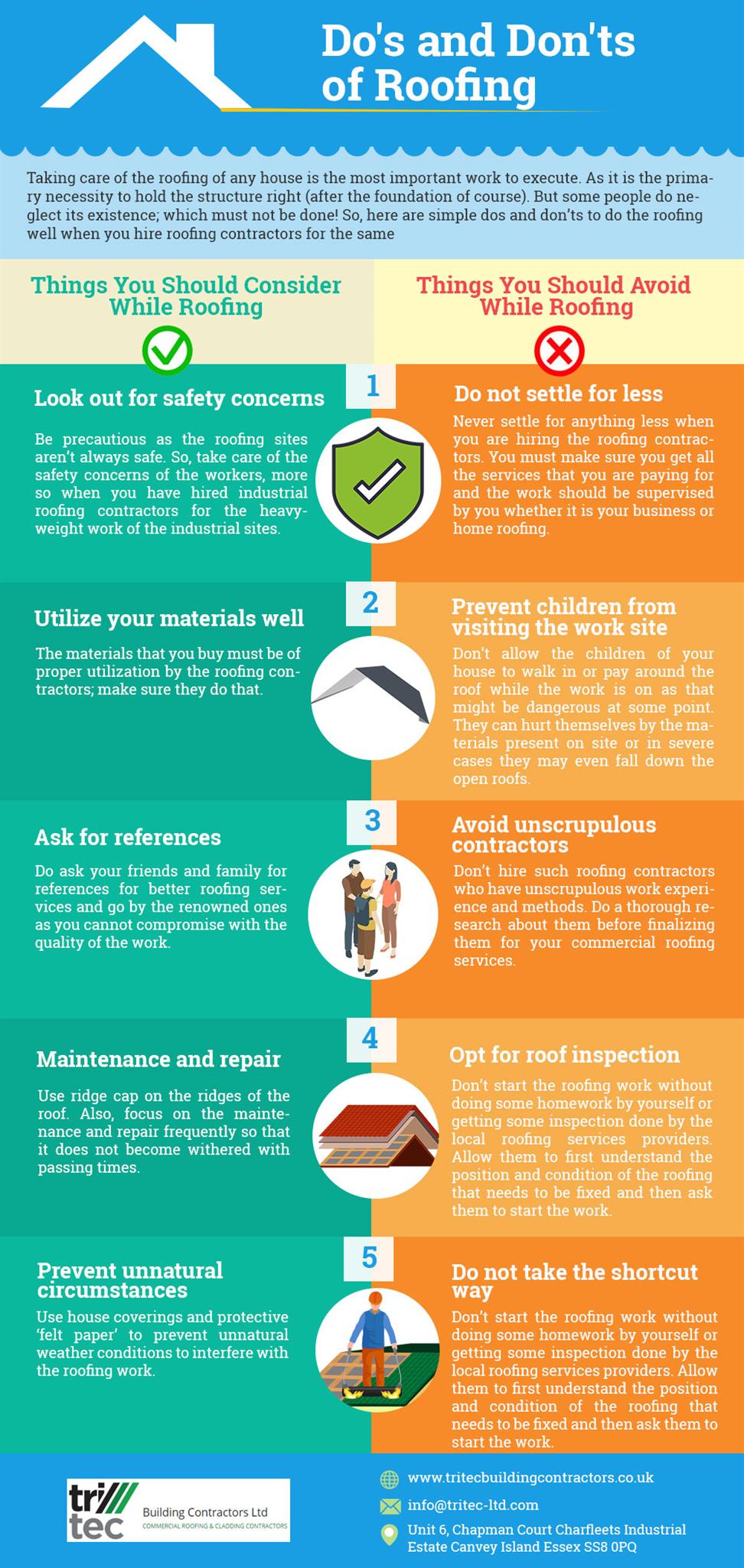Common Roofing System Installation Blunders And Exactly How To Avoid Them
Common Roofing System Installation Blunders And Exactly How To Avoid Them
Blog Article
Post By-Yang Rogers
When you're planning a roof setup, it's easy to ignore essential information that can result in substantial troubles down the line. window installer near me might be attracted to cut edges on material option or miss proper flashing setup, yet these typical errors can result in expensive repair work later. Understanding the importance of ventilation and adhering to regional building regulations is essential for a successful project. So, what are the essential steps you should take to guarantee your roofing system stands the test of time? Allow's discover some effective methods to stay clear of these risks.
Poor Material Selection
When it comes to roof installment, picking the incorrect products can cause costly issues down the line. You could believe that any type of roof covering material will certainly do, however that's a typical misconception. It's vital to choose products that match your regional environment and the particular demands of your home.
For example, if you stay in an area with hefty rainfall or snow, choosing asphalt roof shingles may not be the best choice. Instead, take into consideration more resilient alternatives like steel or slate.
Additionally, take notice of the high quality of the materials you're considering. Inexpensive materials could save you money upfront, but they typically do not have longevity and can lead to constant fixings or replacements.
You should also think of the style of your home and ensure the materials you choose will certainly keep its aesthetic allure.
Finally, do not neglect to speak with experts. They can supply beneficial insights and suggest products that comply with neighborhood building ordinance.
Spending https://livingarchitecturemonitor.com/articles/wind-uplift-design-green-roofs-sp21 in appropriate material selection now can help you prevent headaches and expenditures in the future, making your roof covering project a success.
Inadequate Flashing Setup
Choosing the appropriate materials isn't the only aspect that can bring about roof issues; poor blinking installment can also produce considerable concerns. Flashing is critical for routing water far from at risk locations, such as chimneys, skylights, and roofing valleys. If it's not installed correctly, you run the risk of water intrusion, which can bring about mold development and architectural damage.
When you set up blinking, guarantee it's the right kind for your roofing's design and the neighborhood environment. For instance, steel blinking is typically more durable than plastic in areas with hefty rain or snow. Ensure the blinking overlaps properly and is safeguarded firmly to prevent gaps where water can permeate through.
You need to likewise pay attention to the installation angle. Blinking need to be positioned to direct water far from your house, not toward it.
If you're uncertain about the installation procedure or the products needed, seek advice from an expert. They can help recognize the best blinking options and make sure whatever is mounted correctly, safeguarding your home from prospective water damage.
Taking these steps can conserve you time, cash, and migraines down the road.
Neglecting Ventilation Requirements
While several homeowners concentrate on the aesthetic and structural facets of roofing installment, disregarding ventilation needs can lead to severe long-lasting effects. Correct ventilation is crucial for regulating temperature and moisture levels in your attic room, protecting against problems like mold development, wood rot, and ice dams. If you don't install appropriate air flow, you're establishing your roof covering up for failing.
To prevent this error, initially, analyze your home's certain air flow needs. A well balanced system commonly consists of both consumption and exhaust vents to promote air movement. Ensure you've set up soffit vents along the eaves and ridge vents at the top of your roofing. This mix allows hot air to escape while cooler air enters, keeping your attic room space comfy.
Additionally, take into consideration the sort of roof covering product you have actually chosen. Some products might call for additional air flow strategies. Verify your local building regulations for air flow guidelines, as they can differ dramatically.
Finally, don't fail to remember to inspect your air flow system routinely. Blockages from particles or insulation can restrain air flow, so keep those vents clear.
Conclusion
Finally, staying clear of typical roof installation blunders is essential to guaranteeing your roof covering's long life and efficiency. By choosing the appropriate products for your environment, mounting flashing properly, and dealing with air flow requirements, you can protect against costly issues down the road. Don't forget to acquaint on your own with regional building ordinance and routine routine examinations. With these steps, you'll delight in a risk-free, long lasting roofing system that shields your home for years to come. Happy roof!
